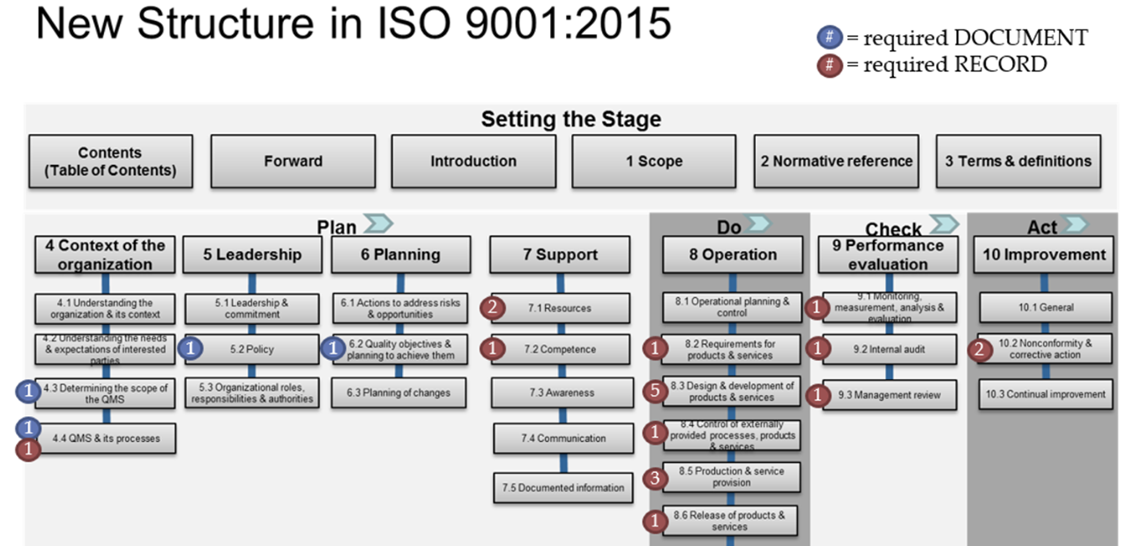- Home
- About
- Astronomy
- Biology
- Animals
- Cells
- Chemistry of Life
- Classification
- Disease
- Ecology
- Ecosystems: Human Impact
- Environmental Science weekly guide
- Evolution
- 2nd law of thermodynamics
- Abiogenesis & spontaneous generation
- Abiogenesis – modern discoveries
- Artificial selection
- Bacteria evolving resistance
- Charles Darwin’s Voyage of Discovery
- clades & phylogenies
- clades rotate = equivalent phylogenies
- Convergent evolution
- Darwin’s notebook
- Did neurons evolve twice?
- Evolution of our kidneys
- Evolution of whales
- Evolution: The history of an idea
- Finches and evolution
- Fossils
- Gradualism vs. Punctuated Equilibrium
- Homologous structures
- Horizontal gene transfer
- Human Evolution
- Natural selection
- Nerves and evolution: laryngeal nerves
- Ontogeny and Phylogeny
- Religious teachings about Creation
- Scars of evolution
- Food Health and Nutrition
- Genetics
- DNA basic structure
- DNA is like an alphabet: analogies
- DNA replication
- DNA transcription
- DNA translation and the Genetic Code
- Genetic diseases
- Genetic engineering
- Gregor Mendel and the discovery of genetics
- Human phenotypes that show Mendelian inheritance
- Mutations
- Punnett Squares Intro
- Punnett squares Monohybrid, Dihybrid, Trihybrid, Tetrahybrid crosses
- Hamster FAQ
- Immune system
- Lab skills
- Labs (Biology)
- Physiology and Anatomy
- Plant life
- Chemistry
- Earth Science
- Physics
- Circular motion
- Electromag Honors
- Electromagnetism
- Circuit breakers
- Coulomb’s law
- Currents and DC circuits
- Electric current
- Electric fields and potential
- Electromagnetic spectrum
- Electrostatics
- Equipotential Lines
- Kirchhoff’s laws
- Light is an EM field
- Magnetism
- Magnetism and electricity
- Magnetism labs
- Perception of color
- Physics of sunsets
- Sources of magnetism
- Engineering
- Fluids
- Forces: Laws of Motion
- Gravity
- Gravitational field
- Lab Why Is There a Tidal Bulge Opposite the Moon?
- Law of universal gravitation and inverse square law
- Neutron Star – Tides – Physics of a Larry Niven short story
- Orbits and conic sections
- Physics of The Integral Trees and The Smoke Ring
- Planetary orbits and barycenters
- Prove that the Earth is a sphere
- Tides
- Heat
- Homework (physics)
- Introductory skills
- Kinematics
- Labs (Physics)
- Light
- Mathematics
- Modern Physics
- Astrophysics and Cosmology
- Early quantum theory
- Elementary particles
- General relativity
- Half Life
- Heisenberg Uncertainty Principle
- Meaning of quantum mechanical wave function
- Molecules and solids
- Nuclear energy: uses & effects
- Nuclear physics and radioactivity
- Quantum mechanics
- Schrodinger model of the atom
- Special theory of relativity
- Momentum
- Philosophy
- Physics in films
- Rotational motion
- Scientific method
- Simple machines
- Vectors
- Video game physics
- Waves
- Work Power and Energy
- Reading and TV connections
KaiserScience
High school science resources & lessons

